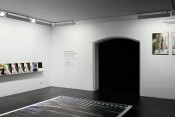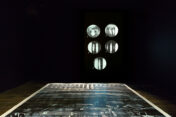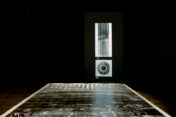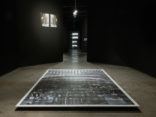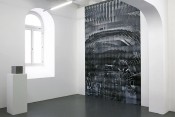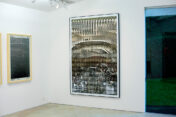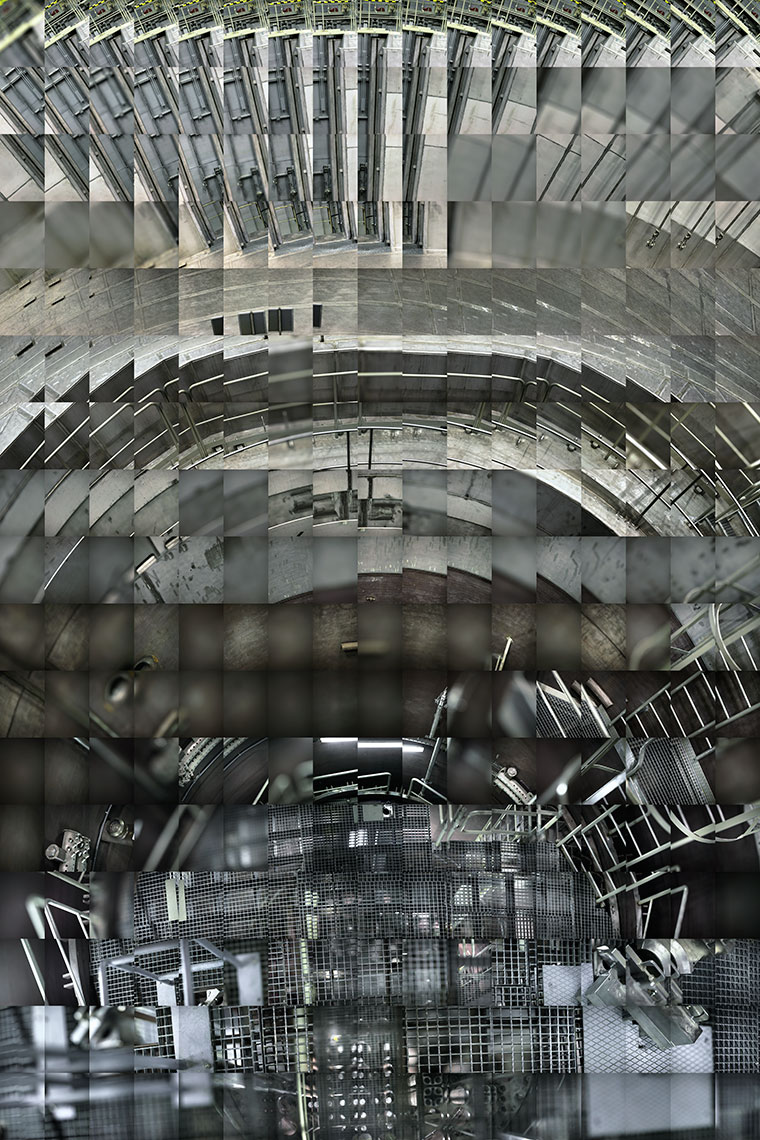 Asynchronous III – The missing 20 minutes, 2013. Inkjet Print 378 × 250 cm
Asynchronous III – The missing 20 minutes, 2013. Inkjet Print 378 × 250 cm Asynchronous I–V, Coalmine, Winterhthur 2013
Asynchronous I–V, Coalmine, Winterhthur 2013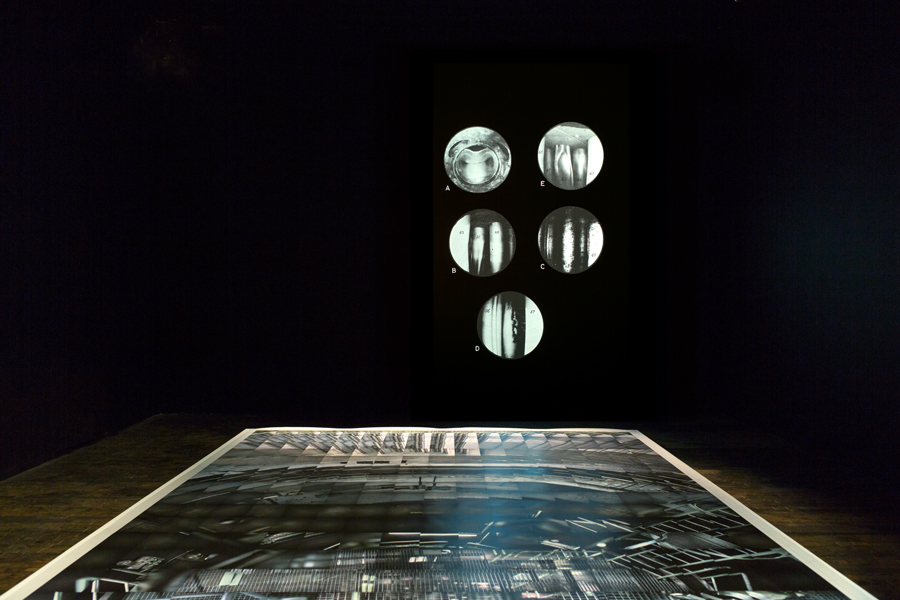 Semiautomatic Photography, CPG Genève 2019. Installation version 378 x 250 cm
Semiautomatic Photography, CPG Genève 2019. Installation version 378 x 250 cm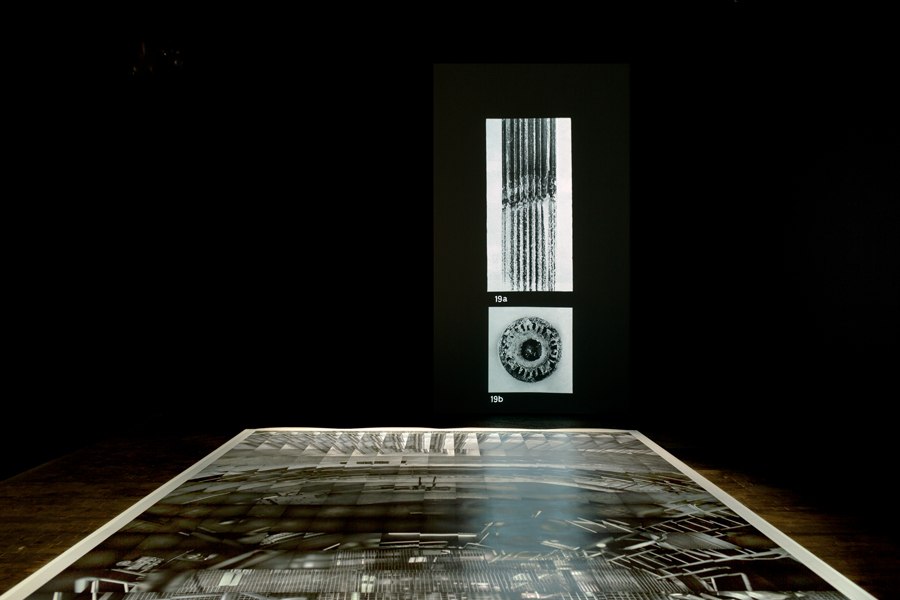 Semiautomatic Photography, CPG Genève 2019. Installation version 378 x 250 cm
Semiautomatic Photography, CPG Genève 2019. Installation version 378 x 250 cm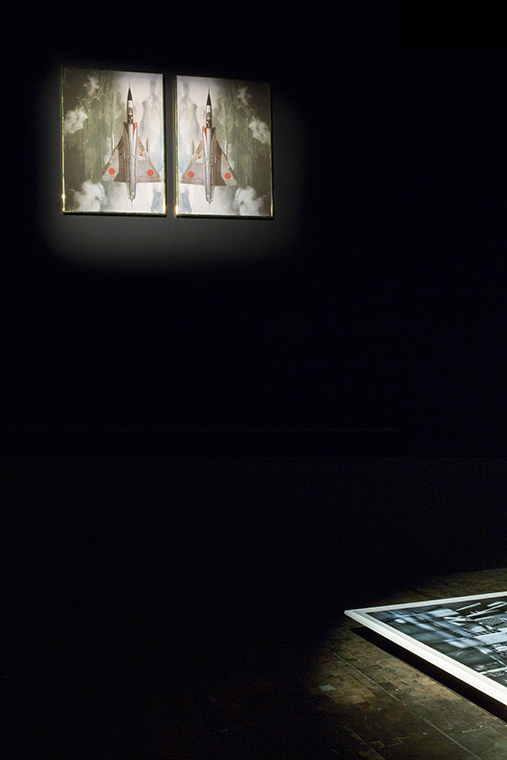 Semiautomatic Photography, CPG Genève 2019. ASY. I + III
Semiautomatic Photography, CPG Genève 2019. ASY. I + III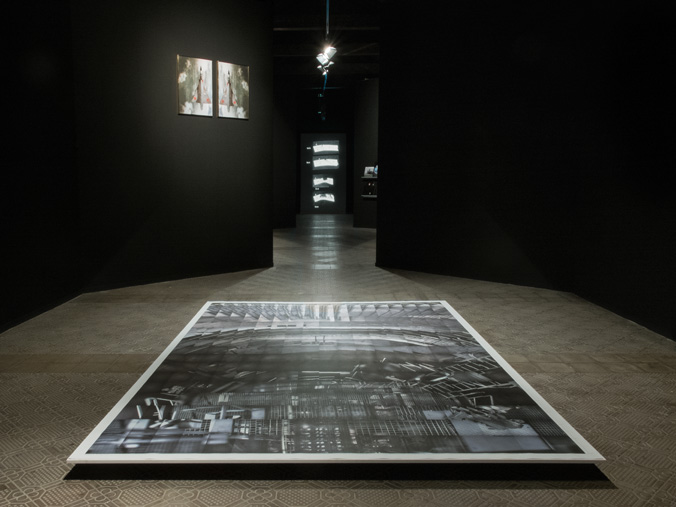 Earth Effect, Reggio Emilia, 2015. Installation version 378 x 250 cm
Earth Effect, Reggio Emilia, 2015. Installation version 378 x 250 cm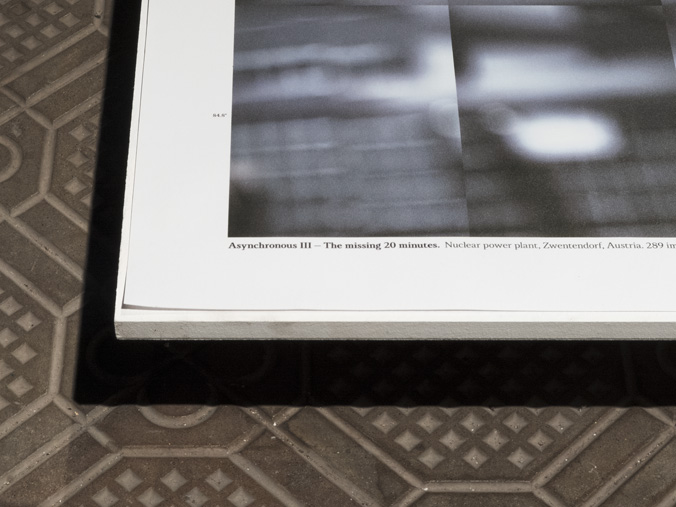 Detail, Installation version 378 x 250 cm
Detail, Installation version 378 x 250 cm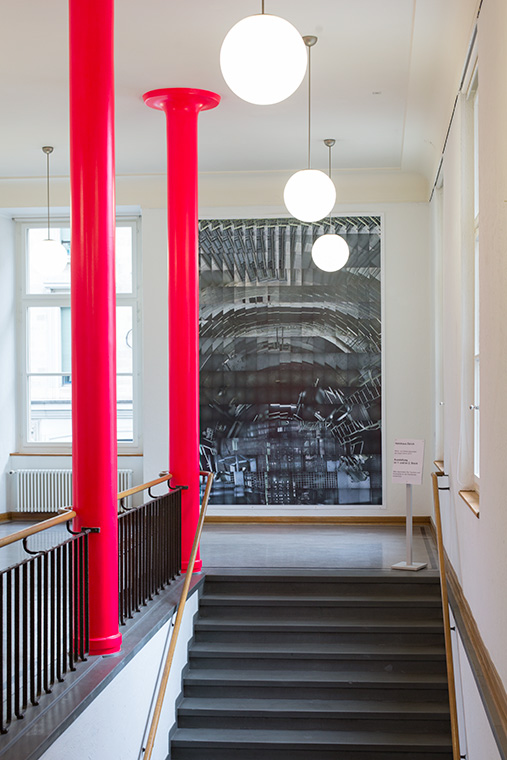 Art Awards of the City of Zurich, Helmhaus Zurich 2014. Wallpaper
Art Awards of the City of Zurich, Helmhaus Zurich 2014. Wallpaper Semitautomatic I, 2013, Galerie Luciano Fasciati. Wallpaper
Semitautomatic I, 2013, Galerie Luciano Fasciati. Wallpaper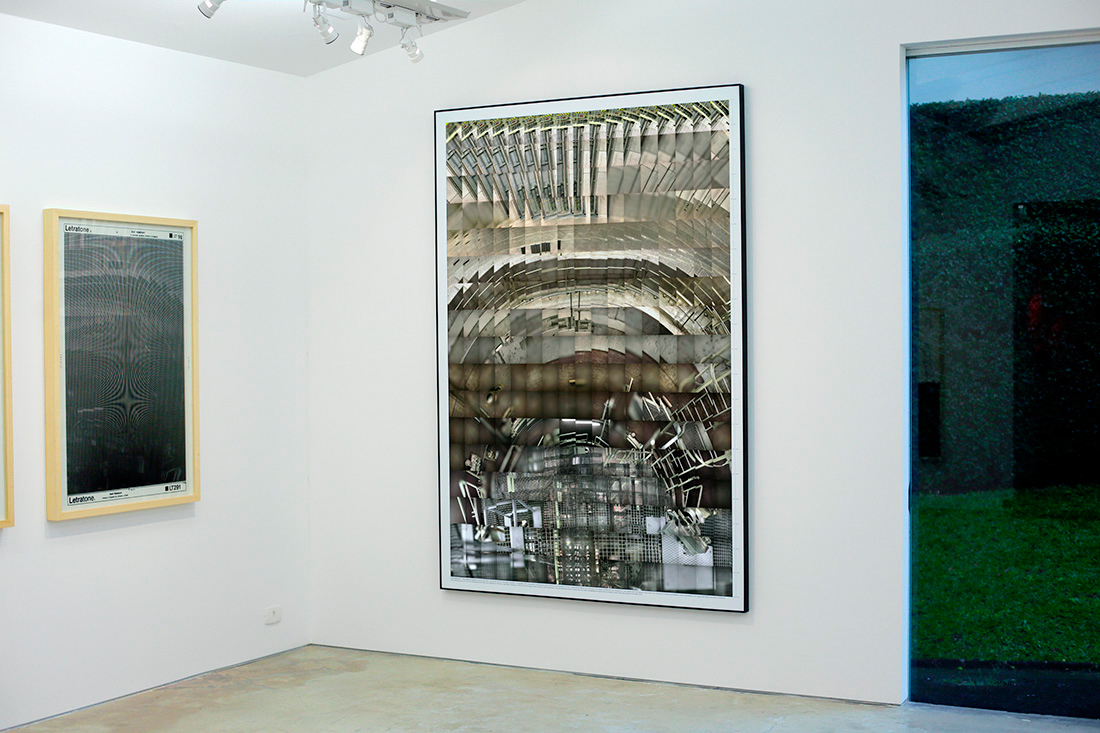 Vertigo, ASY. III framed version 222 x 152 cm, SIM Gallerie, Curitiba Brasil 2014
Vertigo, ASY. III framed version 222 x 152 cm, SIM Gallerie, Curitiba Brasil 2014
Asynchronous III – The missing 20 minutes
December 2012
Version 1 is a site-specific panorama installation, displayed on the floor or on the wall.
Version 2 is a framed inkjet print. Both versions include a timeline of the camera moving into the reactor (meters per minute) and a short text explaining the historical context.
Fatal error of judgement
Back in 1978, the Kreisky government wanted to have the public approve its policy against the opposition, so it organised a public referendum. But it was a fatal error of judgement: operating approval was rejected by 50.47 %. Since the government was sure of the referendum’s outcome the plant has been technically ready and, after commissioning, only around 20 minutes away from producing energy: this is how long it would have taken to lower the fuel rods into the reactor and to trigger nuclear fission.
These missing 20 minutes were completed 35 years later by a computer-controlled camera, mounted on the fuel rods’ lowering device – a journey to the place of the prevented nuclear fission. While moving into the reactor’s interior, the camera tilted 90° downwards and panned 45° to the left and right. While doing so, it captured an image once every four seconds, constructing a time-space panorama of the still-uncontaminated reactor – a panorama that tells about the journey and recalls the unique history of the reactor.
The Zwentendorf nuclear power plant was built as a power plant and declared a democratic sculpture by the voters. Instead of generating electricity, it functions as a museum of the future. Exhibited here are idle, albeit uncontaminated, nuclear facilities, where disassembly training takes place and guided tours are offered.
Resultat einer politischen Fehleinschätzung
Die Sachvorlage über die Bewilligung zur Inbetriebnahme des gebauten Atomkraftwerks kam überhaupt nur zur Abstimmung, weil die Regierung von SPÖ Kanzler Kreisky vom erhofften Ausgang überzeugt war. Er wollte seine Politik vom Volk bestätigen, als Machtdemonstration gegen die Opposition der ÖVP.
Wie sicher man sich war unterstreicht auch die Tatsche, dass die Anlage unmittelbar vor Inbetriebnahme stand: Es fehlten lediglich die 20 Minuten, die es dauert, um die Brennstäbe vom Lagerbecken in den Reaktor abzusenken. Man musste nur noch die Bestätigung durch die Abstimmung abwarten.
Durch den Volkswillen blieb nun der Reaktor unkontaminiert und ermöglichte erst das Raum-Zeit Panorama von Zwentendorf.
Die Räumliche Abbildung des Bildes Asynchron III ist nur schwer erfassbar, hat sich doch die Kamera gleich mehrfach bewegt: hin und her geschwenkt und dabei noch ihre Position verändert. Es ist in erster Linie eine Wahrnehmungs-Bild: schwer erfahrbar, und so unglaublich wie die Geschichte der politischen Fehleinschätzung und ihre Folgen. Der ungewöhnlicher Einsatz automatisierter Überwachungstechnik zur Erzeugung von visuell nicht planbaren Bildern, führt die Idee von Evidenz und Kontrolle ad absurdum.

